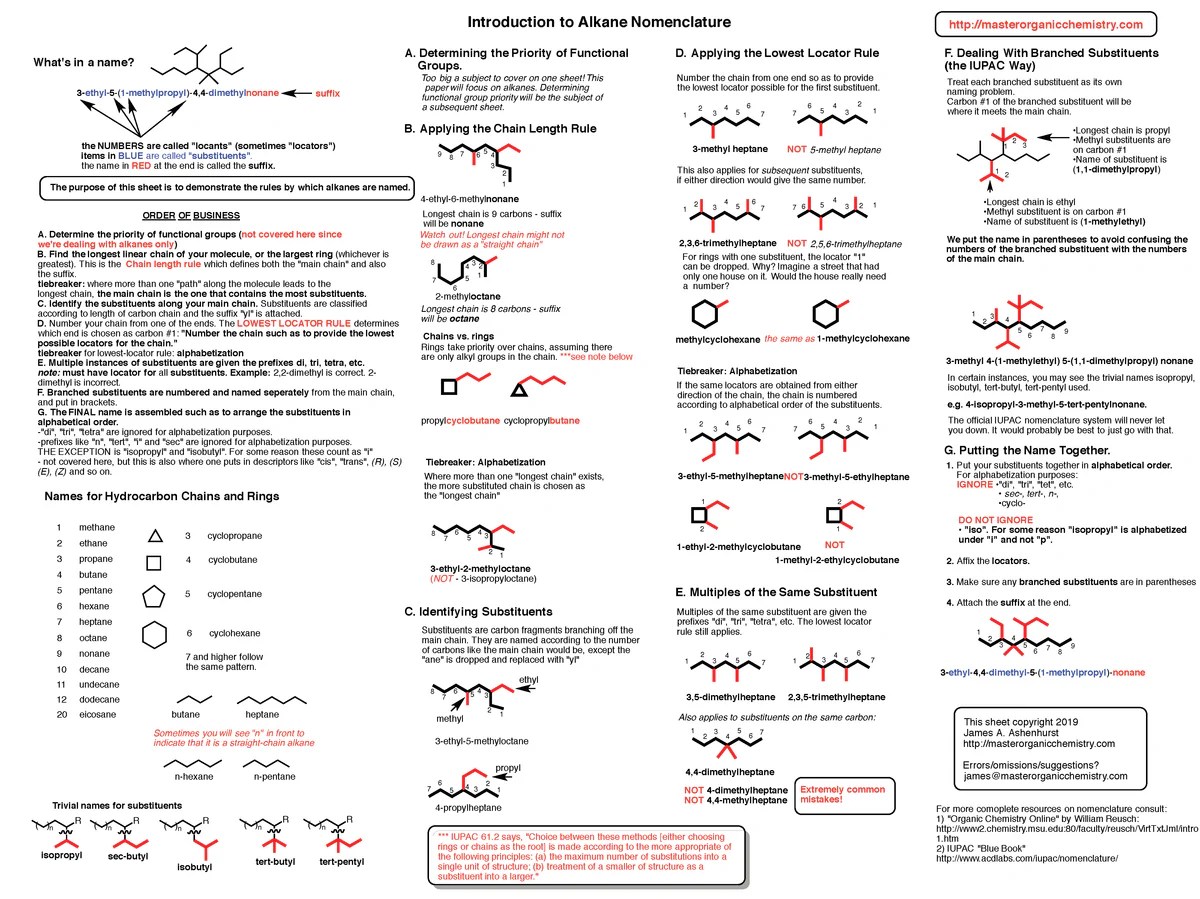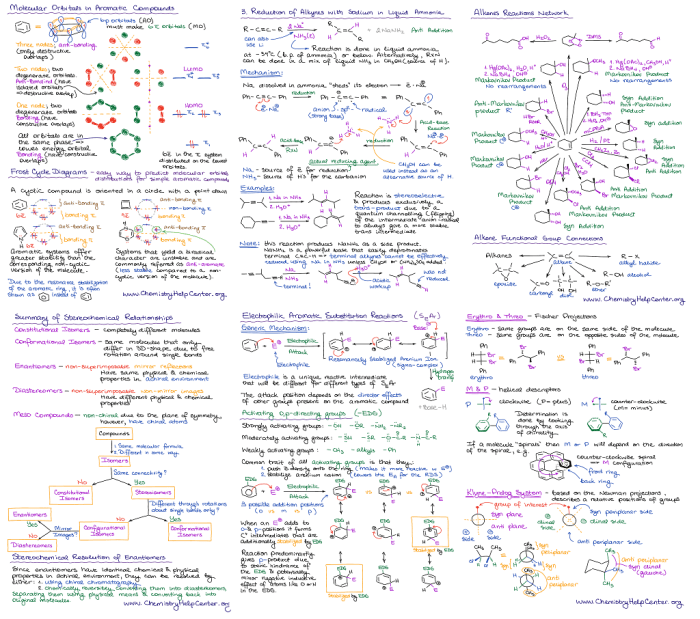The Organic Chem Mechanism Cheat Sheet is an indispensable tool for students and practitioners of organic chemistry, providing a concise and clear overview of the key concepts and mechanisms involved in organic reactions. This cheat sheet serves as a valuable reference for understanding the fundamental principles of organic chemistry and their applications in various fields.
Delving into the realm of organic chemistry, this cheat sheet encompasses a comprehensive list of common organic reactions, elucidating their distinct mechanisms. Key concepts such as resonance, hybridization, and functional groups are thoroughly explained, highlighting their significance in unraveling the intricacies of organic reaction mechanisms.
Introduction: Organic Chem Mechanism Cheat Sheet

Organic chemistry is the study of the structure, properties, and reactions of organic compounds, which are molecules that contain carbon. Organic chemistry is a vast and complex field, but it is also one of the most important, as it forms the basis for many other scientific disciplines, such as biochemistry, medicine, and materials science.
A mechanism cheat sheet is a valuable tool for organic chemistry students. It can help them to understand the mechanisms of organic reactions and to predict the products of those reactions. Mechanism cheat sheets typically include a list of common organic reactions, as well as a description of the steps involved in each reaction.
Types of Organic Reactions

There are many different types of organic reactions, but they can be broadly classified into three main categories: nucleophilic substitution, electrophilic addition, and elimination reactions.
- Nucleophilic substitution reactionsinvolve the replacement of a leaving group by a nucleophile. Nucleophiles are species that are attracted to positive charges, and they can include anions, neutral molecules, or even electrons.
- Electrophilic addition reactionsinvolve the addition of an electrophile to a double or triple bond. Electrophiles are species that are attracted to negative charges, and they can include cations, neutral molecules, or even radicals.
- Elimination reactionsinvolve the removal of two atoms or groups of atoms from a molecule, resulting in the formation of a double or triple bond.
Key Concepts in Organic Chemistry

There are a number of key concepts in organic chemistry that are essential for understanding reaction mechanisms. These concepts include:
- Resonanceis a phenomenon that occurs when a molecule can be represented by two or more Lewis structures. Resonance structures are equivalent, and they contribute to the overall stability of the molecule.
- Hybridizationis the mixing of atomic orbitals to form new hybrid orbitals. Hybrid orbitals have different shapes and energies than the original atomic orbitals, and they can be used to explain the bonding in organic molecules.
- Functional groupsare groups of atoms that have characteristic chemical properties. Functional groups can be used to identify and classify organic compounds.
Question Bank
What is the purpose of an organic chem mechanism cheat sheet?
An organic chem mechanism cheat sheet provides a quick and concise reference for understanding the mechanisms of various organic reactions, including step-by-step descriptions of the reaction pathways.
How can I effectively use an organic chem mechanism cheat sheet?
To effectively use an organic chem mechanism cheat sheet, focus on identifying the key information, such as the reactants, products, and reaction conditions. Utilize this information to solve problems and enhance your understanding of the mechanisms.